In my quest to making skin care at home, I have made my own deodorant. It wasn’t so much because I was unhappy with the commercial one I used or because I had read about all the bad stuff it contains. It was simply a matter of wanting to determine my own scent.
The good news is that making your own deodorant is really easy. The steps are similar (if not the same) as making your own body butter or face cream, only the ingredients are slightly different.
But let me start at the beginning, what is a deodorant and why do we (think we) need it.
What’s the purpose of a deodorant?
When talking about deodorant, an unpleasant smell comes to mind. And although deodorants can be used in many areas, from cars to houses to bodies, the area under our arms is where deodorant is most often applied.
Any smell under the arms is due to a series of bodily and biological functions: firstly, when our brains detect an increase in body temperature, our bodies begin to sweat to cool down. This sweat is mostly water with traces of salt and other minerals. We can sweat anywhere but there are a few places where sweat often appears first: forehead, underarms, palms, and feet.
Secondly, being in an area of low ventilation, the underarms usually collect more sweat than other areas of our bodies. This sweat is not the source of any unpleasant smell but the root of the problem.
Because, thirdly, bacteria thrive in humid and warm conditions and thus turn sweat into an unpleasant smell.
So, the purpose of a deodorant is to reduce the growth of bacteria.
There is one sub-group within deodorants which are antiperspirants. Antiperspirants aim to reduce or even prohibit sweating in the first place. They achieve this by clogging the pores with a complex of Aluminium-based compounds. There are some scare stories circulating the net and I would encourage you to read further about the link between antiperspirants and cancer here. I won’t talk about antiperspirants in the following.
What does a deodorant have to provide?
As I said, a deodorant should reduce bacterial growth (not sweating!) which will thus reduce smelly underarms. And there are a number of ways to achieve this.
Now, bacteria grow in moist and warm environments. So, keeping your underarms dry is an excellent starting point. Underarm hair is best because it transports the moisture away from the skin and thus keeps it dry. There are also armpit sweat pads, disposable and not and, of course, antiperspirants.
The other way to prevent bacteria from multiplying is by reducing their numbers. The important thing to understand is that not all bacteria are bad and that you can never eliminate them entirely. In fact, reducing one kind of bacteria can contribute to other bacteria flourishing.
To reduce the number of bacteria which cause smelly underarms, disinfectants are often the way to go. Leading the way is alcohol. Most commercial deodorants have a base of alcohol, sometimes coupled with fragrance and/or essential oils to cover any smell.
Why do I make deodorant myself?
The reason for making my own deodorant is simple: I want to be in charge of what goes on the skin under my arms. Fortunately, there are some awesome anti-bacterial skincare ingredients available which do the same job as alcohol does: reduce the number of bacteria.
- Coconut oil and beeswax are both anti-bacterial and great for your skin.
- Essential oils such as lemon, lemongrass, peppermint, lavender, tea tree, and bergamot essential oils are also anti-bacterial.
- Arrowroot powder, although not technically anti-bacterial, is moisture-absorbent and thus inhibits bacterial growth. You can also use another starch such as cornstarch or potato starch.
- Baking soda (sodium bicarbonate) is also said to act anti-bacterial and is often used in homemade deodorant. However, I find that baking soda can irritate the skin and leave an itchy feeling. Personally, I don’t use baking soda in my deodorant.
It’s simple to make my own deodorant, so really I need to ask: why wouldn’t I make my own?
A recipe I like
My go-to recipe for a deodorant is this:
- 30g Coconut oil
- 20g Butter, such as shea butter, cocoa butter or mango butter
- 10g Carrier oil (like sweet almond oil, jojoba oil)
- 10g Beeswax
- 15g Arrowroot powder/Tapioca starch
- 20-25 drops Essential oil(s)
To make it, gently heat the coconut oil, butter, carrier oil, and beeswax in a double boiler. Once melted, take off the heat and stir in the arrowroot powder and essential oils. See here for more detailed instructions.
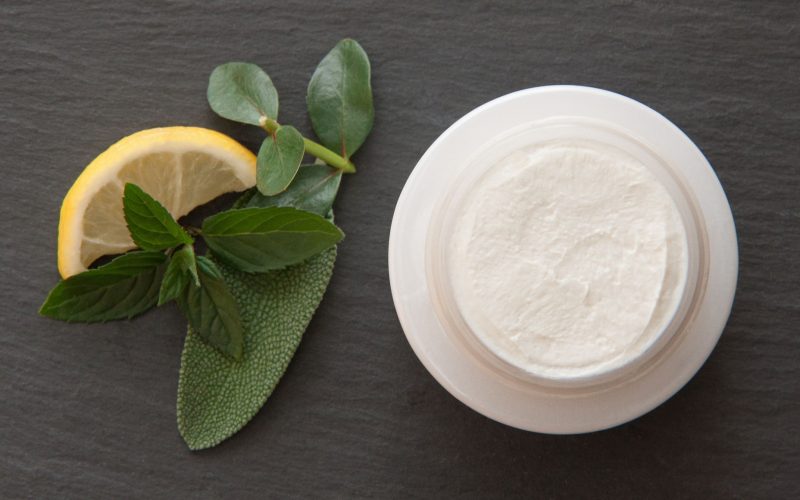
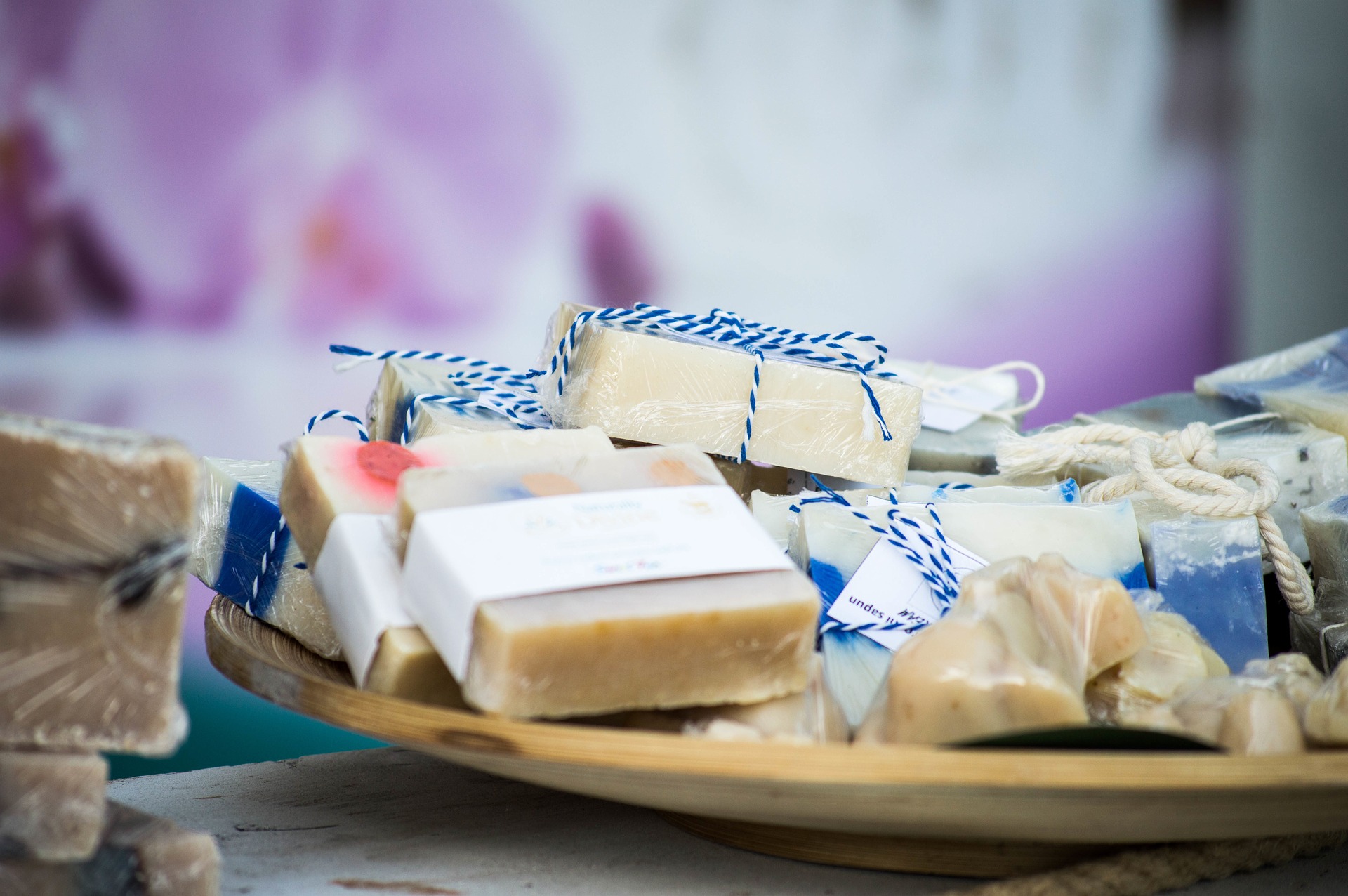
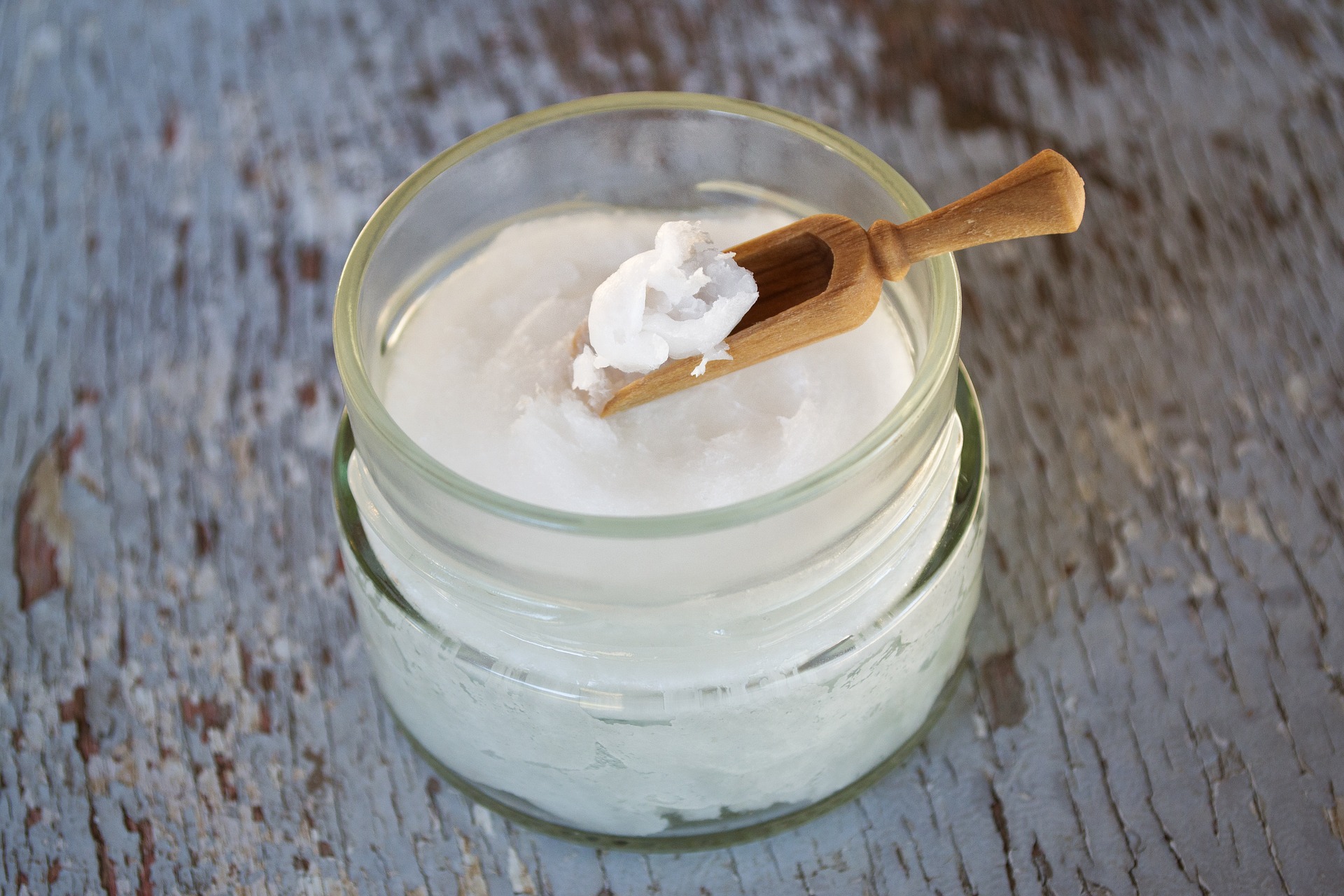
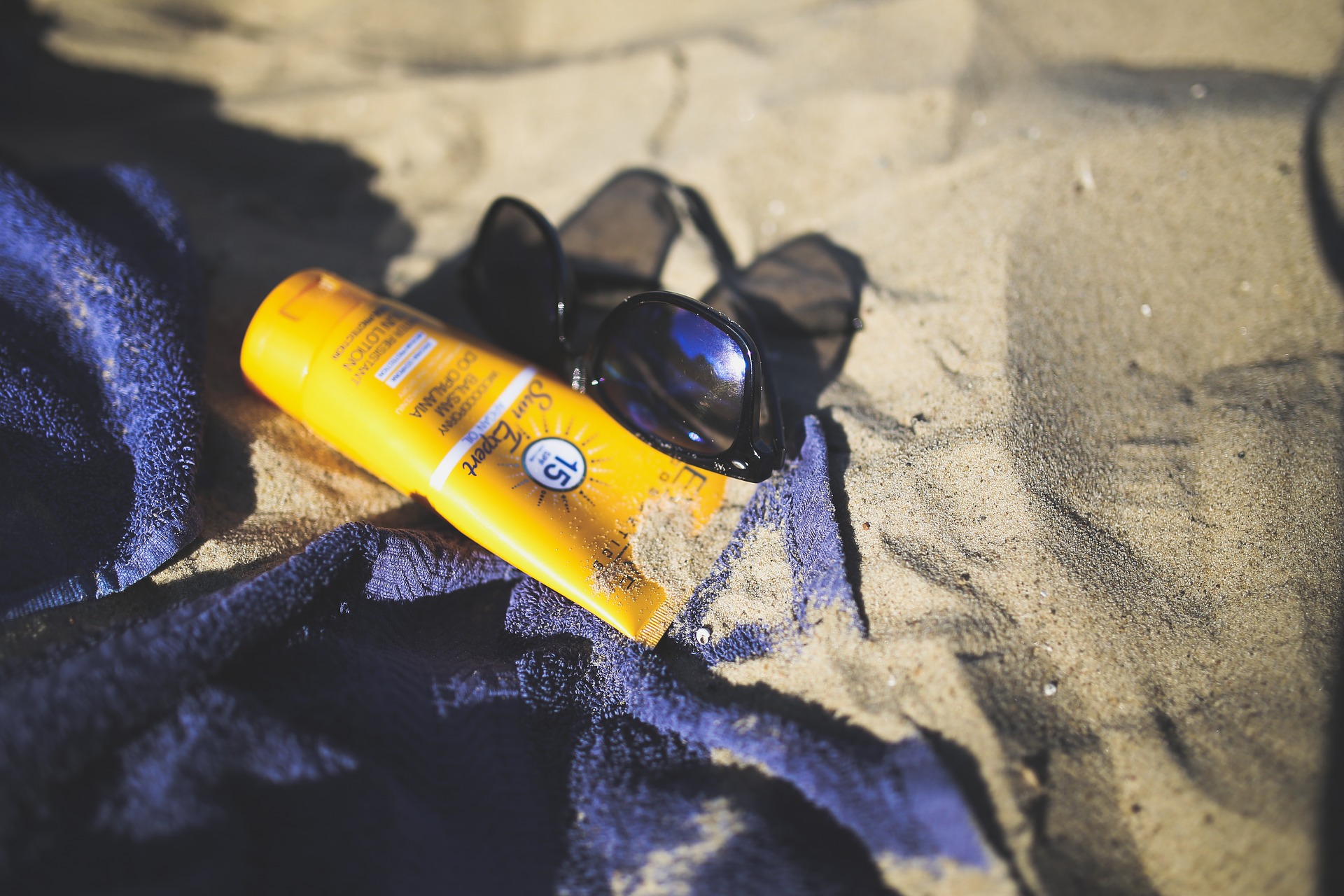
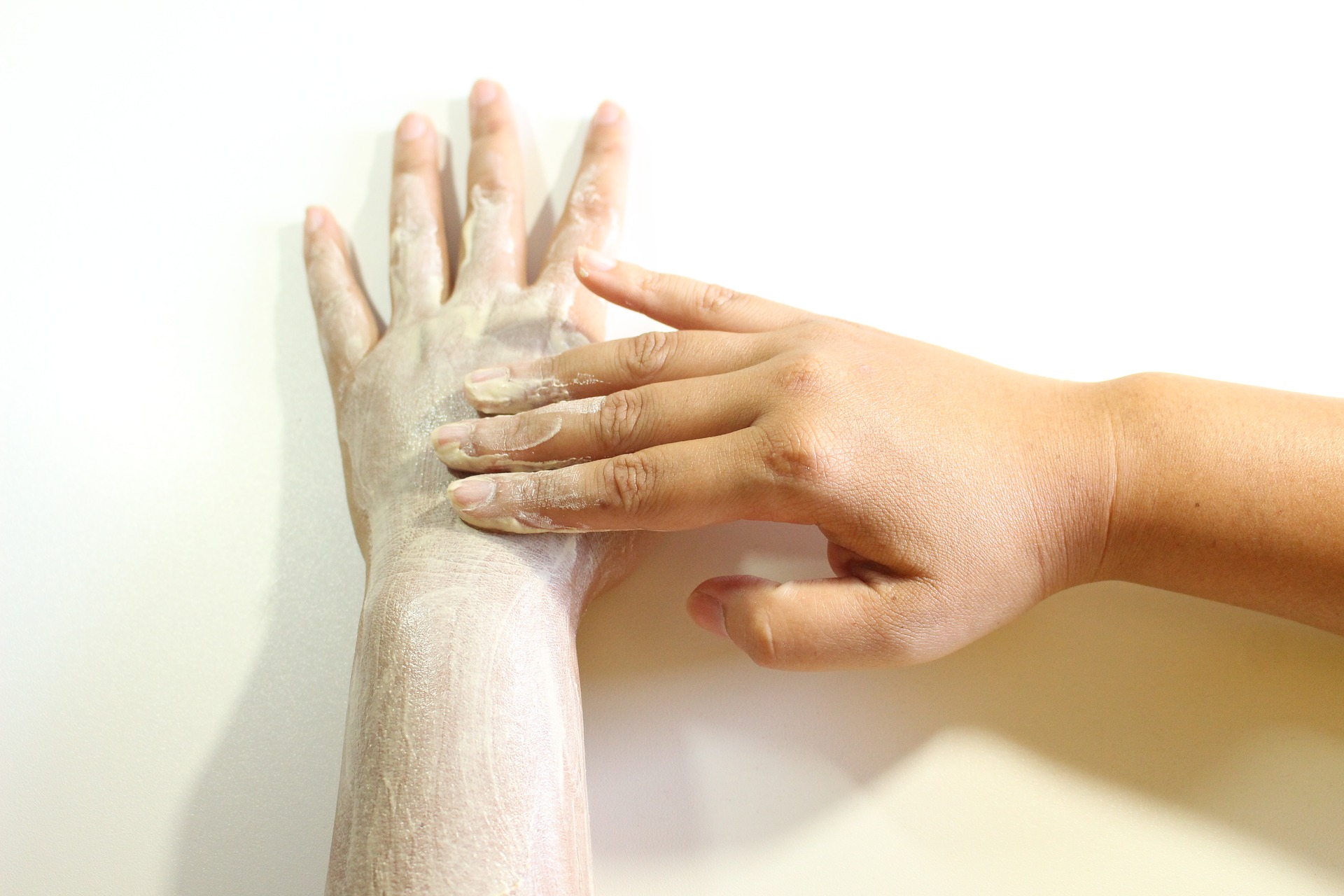
This is so helpful! I have been playing with the idea of making my own deodorant, but thought I would need antiperspirant. I’m so glad I found your page! Do you happen to have a break down on how long this mixture should last or how much it breaks down to in price?
I would advise against antiperspirant because it clogs up the pores of your skin. Sweating is a normal bodily function and a deodorant should be used to eliminate smells but not prohibit sweating altogether (unless there is a medical reason to do so).
How long the mixture lasts depends very much on how much you use of it daily. I’ve had a batch going for more than six months. If you keep moisture and direct sunlight out, you won’t have any problems with it going rancid either.
I don’t have a breakdown of costs because I use the ingredients I have around the house. It also depends on exactly which ingredients you use and where you get them from.